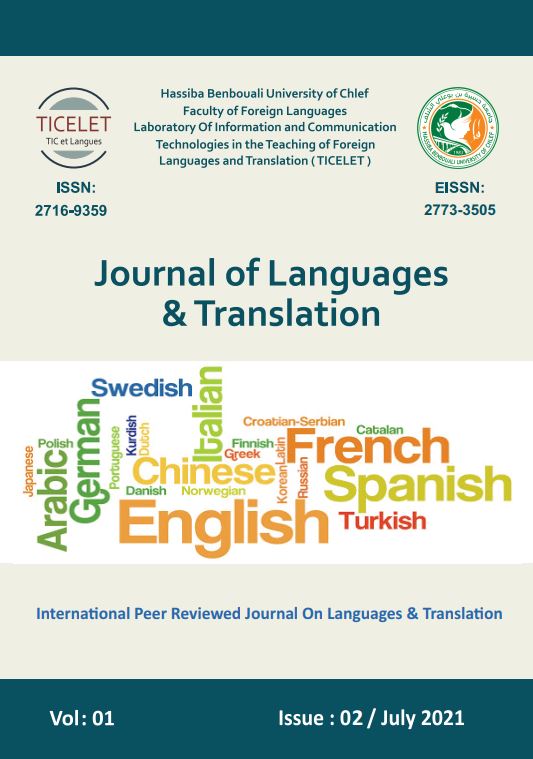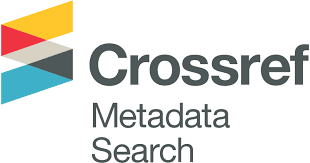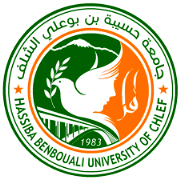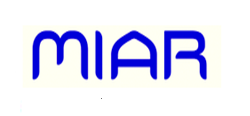An Applied Linguistic Approach to Grammatical Errors Analysis: The Case of First -year Master Students at the Department of English
DOI:
https://doi.org/10.70204/jlt.v1i2.197Keywords:
Applied Linguistics, Grammatical Errors,, Error Analysis,, Teaching English as a Foreign Language. امللخAbstract
Error Analysis is a tool that researchers in applied linguistics use to scrutinize errors made by
foreign language learners through the comparison between errors made by learners of a
target language and their native language system. It is widely used nowadays for it helps
scholars identify the difficulties in the acquisition of a foreign language. It allows teachers to
know their students’ errors and give special attention to them. This paper aims at analyzing
first-year Master students’ grammatical errors at the Department of English in Hassiba
Benbouali University of Chlef in order to recognize their errors, describe and categorize
them and explain their occurrence. Twenty essays were randomly selected and analyzed
focusing on students’ grammatical errors only. Students were given one hour and a half to
write an essay in which they explain how a researcher formulates a good research title. The
study was based around one research question: What are the most frequent grammatical
errors made by students of English as a foreign language? It was found out that reliance on
L1 to L2 transfer may have an impact on misleading foreign language learners, thus, they
produce grammatical errors while writing. EFL teachers should be able to deal effectively
and positively with types of their students' errors.
Downloads
Published
Versions
- 2024-03-20 (4)
- 2024-03-19 (3)
- 2024-03-19 (2)
- 2024-03-18 (1)












